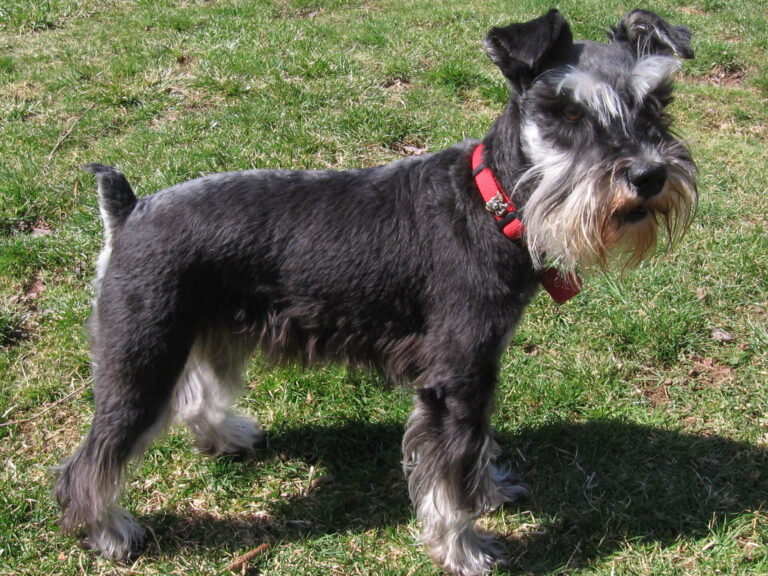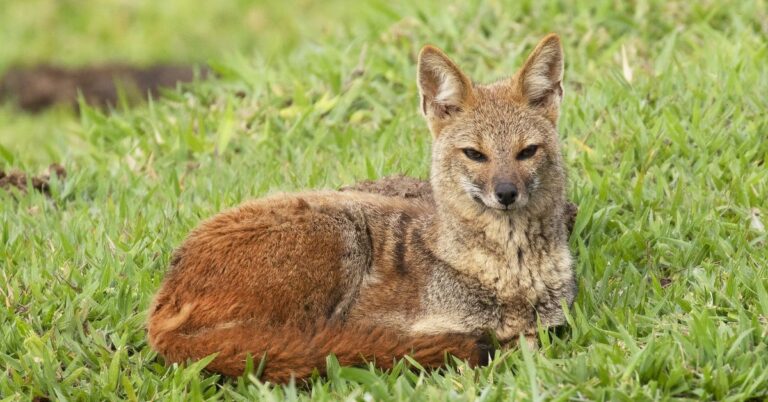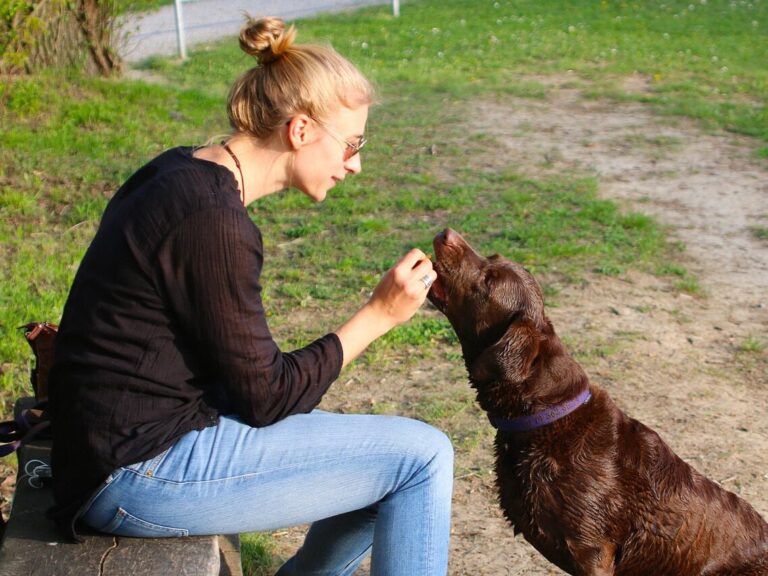How Purebred Instincts Still Shape Your Dog’s Modern Life

Purebred dogs carry more than beauty and pedigree. When you pay attention to their small behaviors, you realize their behaviors aren’t random—they come from real working roles in their history. Let’s break down what those familiar actions really mean.
Labrador Retriever

When your Labrador brings you random objects, it’s their retrieving instinct shining through. This breed was developed to collect game for hunters. Today, that natural urge turns household shoes or toys into prized finds. The actions reflect a natural desire to serve and remain near their people.
Border Collie

That intense stare during play is no coincidence. Border Collies are bred to control sheep through eye contact; this breed still uses its famous “herding eye.” In modern life, they often channel that focus toward toys or even children, thus choreographing movement through pure focus.
Dachshund

Scratching at furniture or burrowing into blankets stems from life underground. These dogs were once fierce badger hunters. Their small size, long body, and persistence make burrowing a comforting habit that mirrors their historical job of chasing prey into dens and tunnels.
Jack Russell Terrier

These dogs were made to hunt and flush out small animals. Even inside the house, their brain stays wired for action and the chase. It’s a working dog. High-speed chases and sudden bursts of energy are echoes of chasing quarry through tight underground passages.
Great Dane
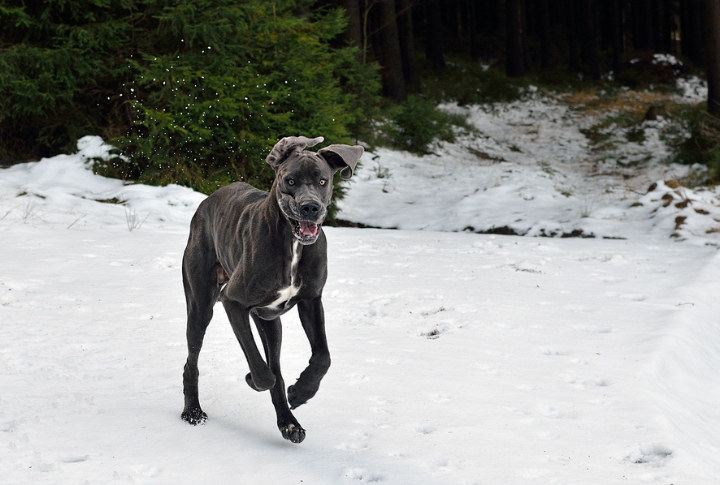
Despite their size, Great Danes gently lean or sit near your feet, reflecting a calm, guarding nature. They were originally used to protect estates and hunt wild boars, which is why they rely more on presence than aggression, showing strength through quiet confidence.
Australian Shepherd

The Australian Shepherd’s characteristic of pausing to survey or moving toward sound without command shows training potential. Originally bred for herding and later adapted for service work, they’re wired to evaluate and respond with precision.
Rottweiler
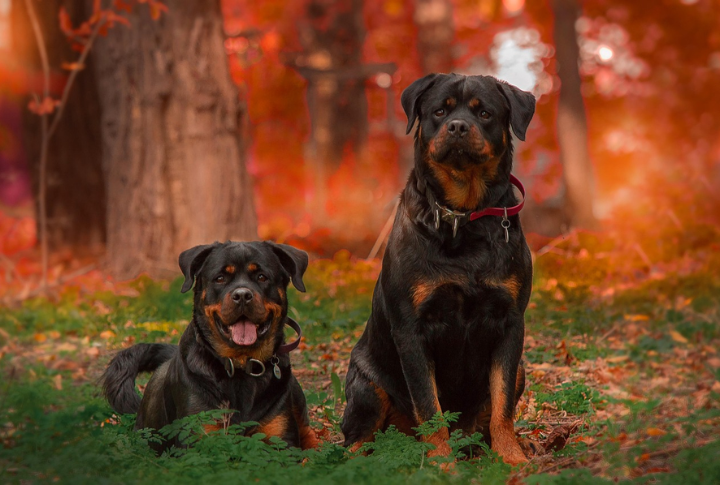
Many owners find this breed watching hallways. They guard entryways or position themselves between guests and furniture. These behaviors are part of their built-in protective nature. Historically used for guarding property, their calm vigilance is more instinct than training.
Beagle

These hounds possess over 220 million scent receptors and can be considered natural scent detectives. Bred for rabbit hunting, they read the ground like a book, decoding layers of smells to understand what came before them. Their sniffing streaks stem from generations of scent trailing.
Australian Cattle Dog

Spinning before mealtime or during moments of excitement shows how movement becomes instinct. Built for speed and precision, these dogs are always calculating. Their controlled bursts mimic the fast direction changes they once used to keep livestock in line.
Golden Retriever

Golden Retrievers often carry toys gently in their mouths. Picking up shoes or greeting you with random objects showcases their retrieving lineage. This friendly gesture harks back to fieldwork, where they were trusted to carry game gently and return without damage.
Doberman Pinscher
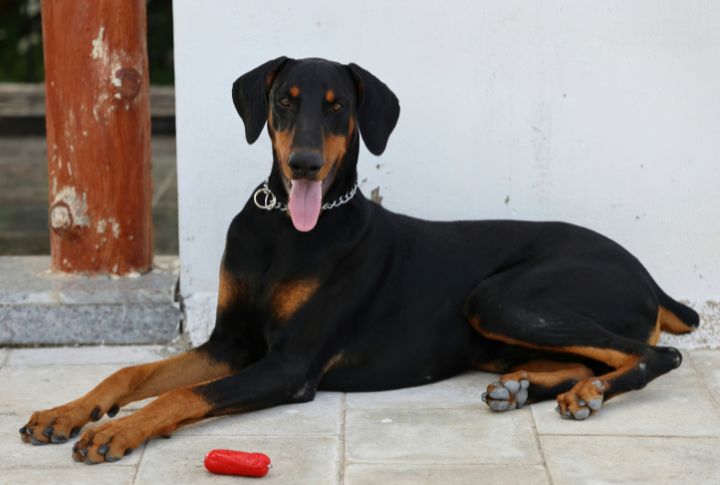
These dogs position themselves close to your side while walking or resting, which shows strong loyalty. Bred initially as protection dogs, they often shadow their owners. Their calm alertness is always switched on, even when they seem relaxed
Bloodhound

Lifting their heads mid-walk or dragging you toward invisible targets reflects one of the most powerful noses in the canine world. This breed once tracked people and animals for hours. The droopy features even help trap scents to make the trail easier to follow.
German Shepherd

A German Shepherd pausing to survey or moving toward sounds without command shows training potential. These dogs were bred for herding and later adapted for service work. They’re wired to evaluate and respond with precision.
Siberian Husky

Their tendency to howl rather than bark comes from their sled dog roots, where communication over long distances was key. Playful vocalizations echo these instincts. This expressive behavior developed through years of teamwork and endurance in icy environments.
Cavalier King Charles Spaniel

When your Cavalier sticks to your side like velcro, it’s no accident. Devotion runs deep for them. These lapdogs were bred for companionship in royal courts. So, for them, closeness brings comfort because their primary role has always been to offer warmth and presence.
Alaskan Malamute

Pausing to observe the horizon or responding vocally with changes in tone stems from their deep Arctic lineage. This breed worked in frozen conditions, pulling heavy loads. The thick coats and natural insulation make them sensitive to heat, and they are always on the hunt for colder ground.
Belgian Malinois
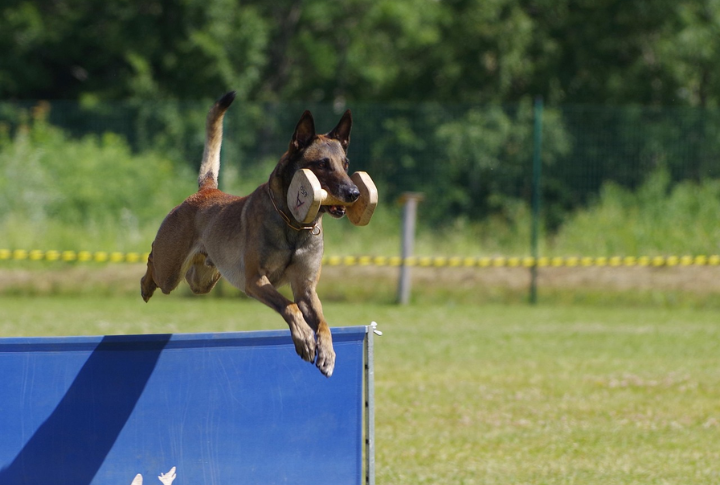
This working breed thrives on challenge. Without tasks, they create their own. It’s instinct for them to crave task-oriented activities as they were bred for agility and precision in protection work. A simple game of fetch becomes a mission, executed with the same seriousness as a working assignment.
Boxer
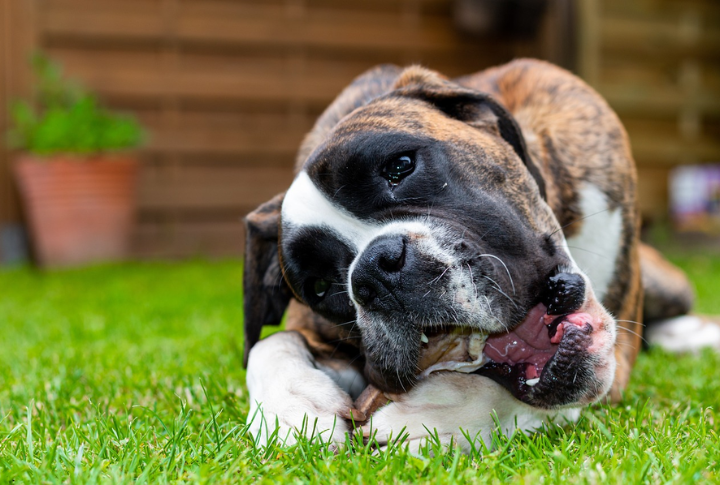
This breed uses motion as communication. It’s a way of showing readiness and anticipation all at once. The name even hints at their old hunting roles or fighting stance. They retained the strong forelimb movements from being used for bull-baiting and later guarding.
Poodle
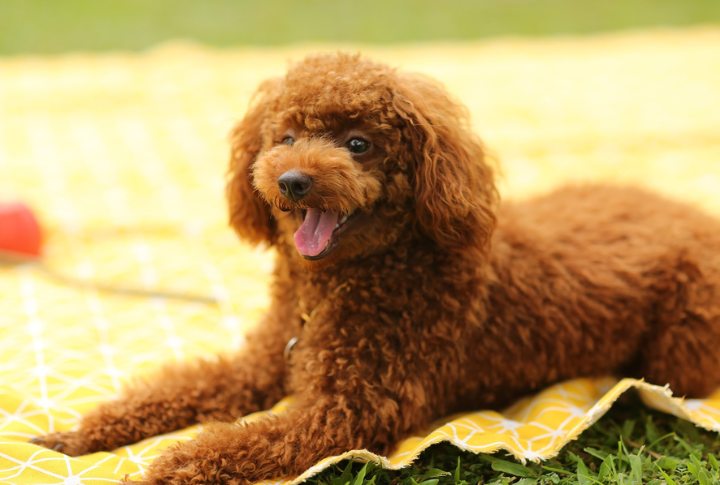
These dogs’ tendency to react to tone changes or mimic routines points to sharp emotional awareness. They learn fast and often mirror the energy of the home. Originally bred as water retrievers, their intelligence has evolved into a perceptive nature.
Akita

Your Akita’s silent watchfulness might seem aloof, but it is loyal protection in disguise. Every calm glance is a silent vow to stand by you. This breed hails from Japanese royalty and is trained to guard the nobility. Their quiet nature masks a fierce devotion.
